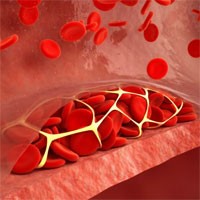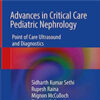Silent Space
jamanetwork.com
Exhausted at the end of a busy week on service in the intensive care unit (ICU), the fellow and I are on our way to the conference room to debrief the week. The overhead code alarm disrupts the temporary lull in activity that normally occurs at shift change. We rush toward the commotion coming from the room at the end of the hall. A staccato, high-priority sound fills the air with a jarring electronic noise. Up on the flashing monitor in the room, we see the unmistakable pattern of disorganized electrical activity indicating ventricular fibrillation. The patient’s arterial line tracing is flat. “Should we shock him?” asks the fellow. The resident and nurses in the room are silently wondering the same thing.















